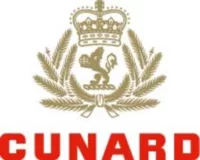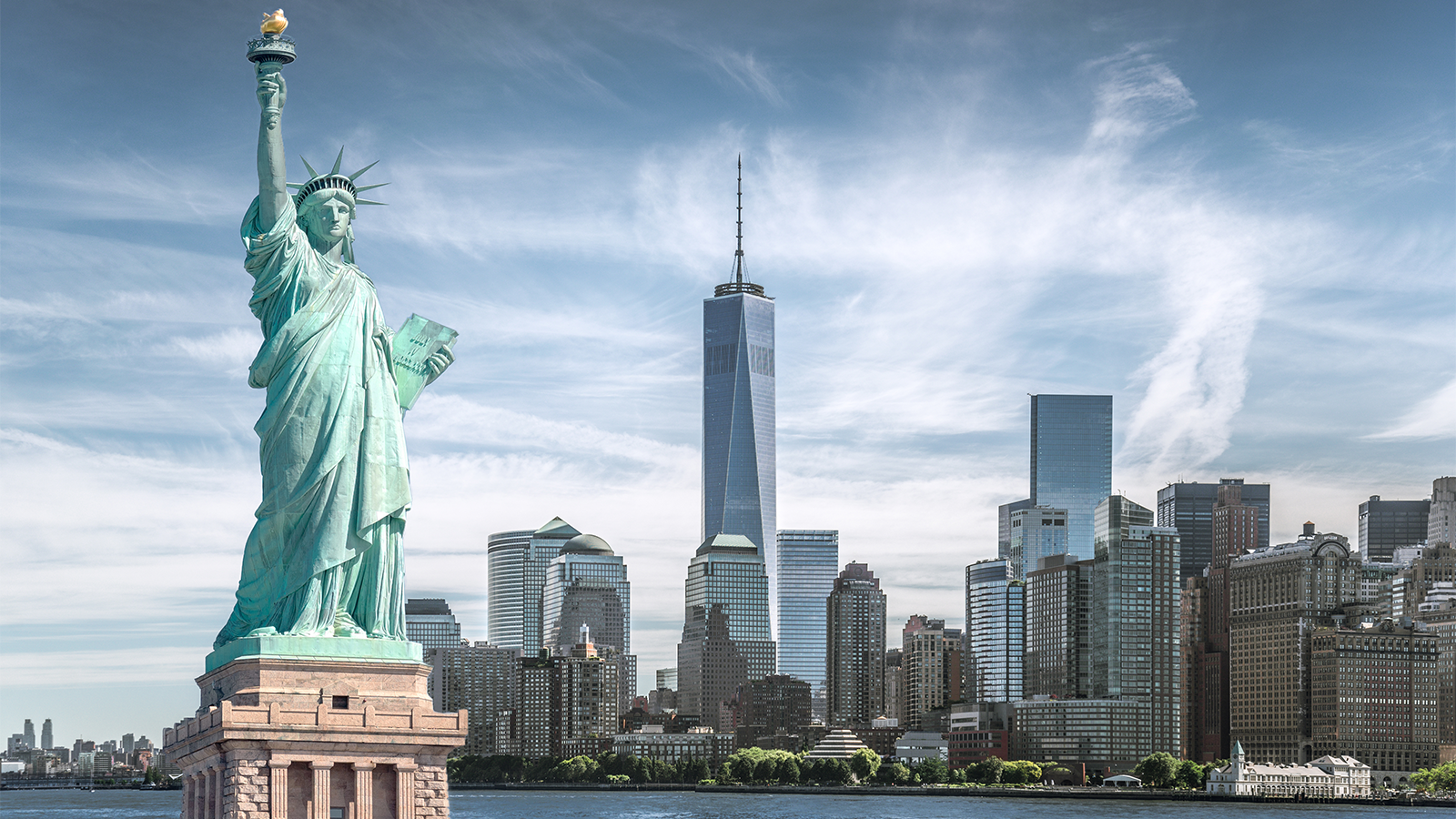
Cunard Line
The age of elegance lives on aboard Cunard's impressive fleet, with white-gloved afternoon teas, grand staircases, exuberant cabins and formal galas in elegant restaurants.
Now that Cunard has observed the centenary of its pioneering world cruise, the famous mantra of dignified excellence has intensified to create not just one of the greatest cruise experiences, but the finest travel money can buy.
2996
Passengers
1225
Crew
2024
Launched
113000t
Tonnage
322m
Length
34m
Width
24kts
Speed
14
Decks
Cruise Itinerary
Day 1
Southampton, England
Days 2 - 4
At Sea
Relax and make the most of the myriad of facilities available on board the ship, from fantastic entertainment to delicious and diverse dining options.
Day 5
Funchal, Madeira, Portugal
Arrival Time: Early Morning; Depart Time: Afternoon
Day 6
Santa Cruz de Tenerife, Spain
Arrival Time: Morning; Depart Time: Evening
Days 7 - 8
At Sea
Relax and make the most of the myriad of facilities available on board the ship, from fantastic entertainment to delicious and diverse dining options.
Day 9
Saint Vincent, Saint Vincent and the Grenadines
Arrival Time: Early Morning; Depart Time: Afternoon
Days 10 - 16
At Sea
Relax and make the most of the myriad of facilities available on board the ship, from fantastic entertainment to delicious and diverse dining options.
Day 17
Walvis Bay, Namibia
Arrival Time: Early Morning; Depart Time: Evening
Days 18 - 19
At Sea
Relax and make the most of the myriad of facilities available on board the ship, from fantastic entertainment to delicious and diverse dining options.
Days 20 - 21
Cape Town, South Africa
Depart Time: Late Evening
Day 22
At Sea
Relax and make the most of the myriad of facilities available on board the ship, from fantastic entertainment to delicious and diverse dining options.
Day 23
Gqeberha (ex Port Elizabeth), South Africa
Arrival Time: Early Morning; Depart Time: Late Evening
Day 24
At Sea
Relax and make the most of the myriad of facilities available on board the ship, from fantastic entertainment to delicious and diverse dining options.
Day 25
Durban, South Africa
Arrival Time: Early Morning; Depart Time: Evening
Days 26 - 29
At Sea
Relax and make the most of the myriad of facilities available on board the ship, from fantastic entertainment to delicious and diverse dining options.
Day 30
Pointe des Galets, Réunion
Arrival Time: Early Morning; Depart Time: Evening
Day 31
Mauritius, Mauritius
Arrival Time: Early Morning; Depart Time: Evening
Days 32 - 36
At Sea
Relax and make the most of the myriad of facilities available on board the ship, from fantastic entertainment to delicious and diverse dining options.
Day 37
Colombo, Sri Lanka
Arrival Time: Early Morning; Depart Time: Late Evening
Days 38 - 40
At Sea
Relax and make the most of the myriad of facilities available on board the ship, from fantastic entertainment to delicious and diverse dining options.
Day 41
Port Klang, Malaysia
Arrival Time: Early Morning; Depart Time: Evening
Days 42 - 43
Singapore, Singapore

Day 1
Southampton, England

Days 2 - 4
At Sea

Day 5
Funchal, Madeira, Portugal

Day 6
Santa Cruz de Tenerife, Spain

Days 7 - 8
At Sea

Day 9
Saint Vincent, Saint Vincent and the Grenadines

Days 10 - 16
At Sea

Day 17
Walvis Bay, Namibia

Days 18 - 19
At Sea

Days 20 - 21
Cape Town, South Africa

Day 22
At Sea

Day 23
Gqeberha (ex Port Elizabeth), South Africa

Day 24
At Sea

Day 25
Durban, South Africa

Days 26 - 29
At Sea

Day 30
Pointe des Galets, Réunion

Day 31
Mauritius, Mauritius

Days 32 - 36
At Sea

Day 37
Colombo, Sri Lanka

Days 38 - 40
At Sea

Day 41
Port Klang, Malaysia

Days 42 - 43
Singapore, Singapore
Ship Details


Cunard Line
Queen Anne
Queen Anne’s breathtaking interiors take inspiration from our past to define a striking new design direction for our future. Come on board to discover a ship that is modern, yet timeless. A ship that offers both exciting, novel experiences, as well as our much-loved signature venues.
Cabins
All Prices













